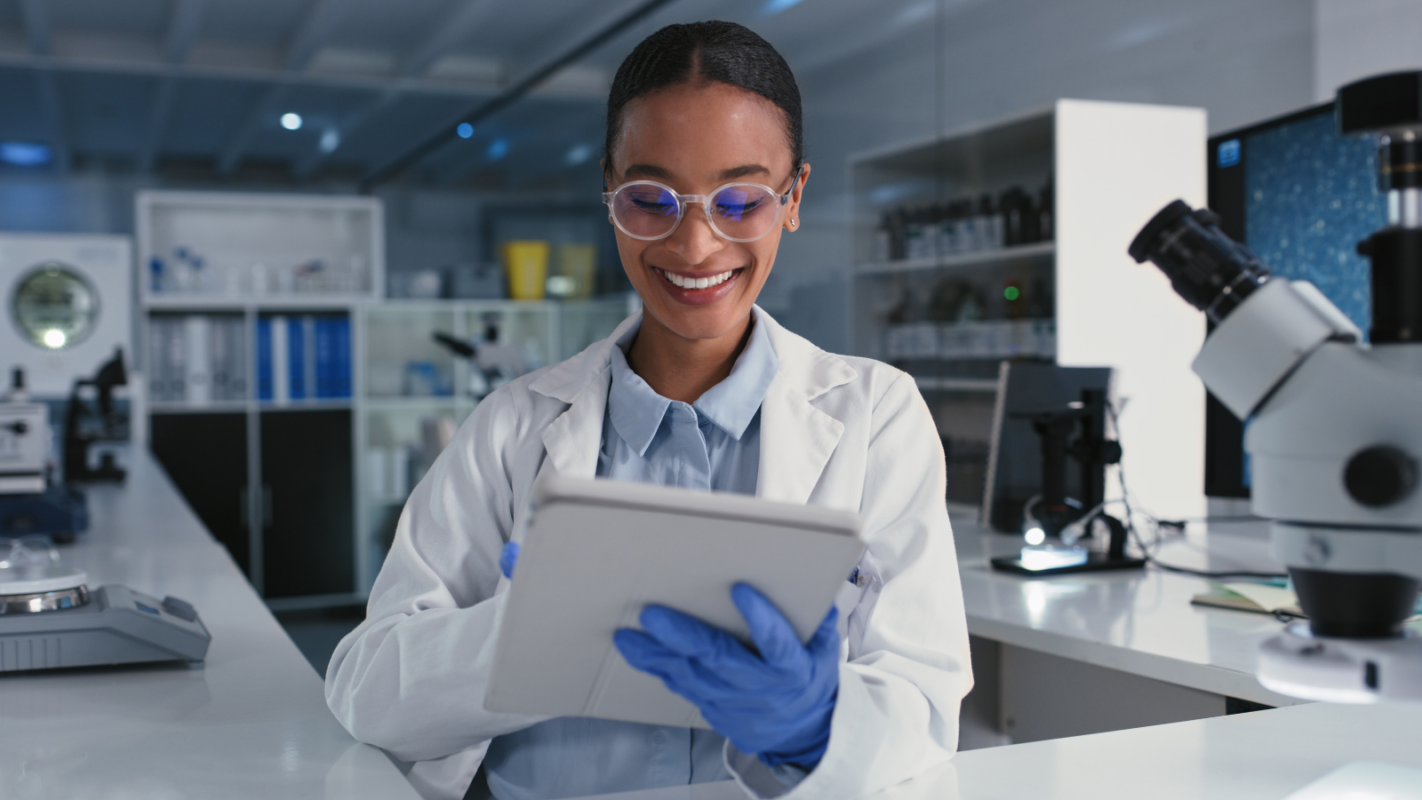

Across biological and chemical R&D labs, referring to “sample management” can mean many different things.
A “sample” could be a live mouse within a large colony.
Or a cell line in a cryotube that’s on its 20th passage.
Or a newly synthesized chemical.
Or a recently constructed plasmid.
“Management” is similarly ambiguous: It can refer to what type of biospecimen or chemical a sample is, where it’s stored, who used it last, and when, or how much of it is stored. To manage all of this sample information along with the sample itself, labs need to carefully plan and pay attention to these details.
Fortunately, there are software solutions for this. Traditionally, scientists used Laboratory Inventory Management Systems (LIMS) for efficient and effective sample management, but more recently, scientists have relied on Digital Sample Management Software (DSM) platforms.
There are some subtle differences between a LIMS, DSM platform, and many others, but regardless of what you call it (we’ll use LIMS in the following blog), there are key sample management features that all labs require to be successful.
In this blog, I’ve highlighted 5 critical traits for any digital sample management platform.
Sample tracking is essential for locating the exact location of a sample in the lab and where it’s stored. This is particularly important when multiple researchers and technicians rely on or regularly use the same samples.
An audit trail provides a chronological record of all sample collection, handling, storage, analysis, and disposal activities. Think of it as a historical account of a sample’s who, what, when (down to the date and time), where, why, and how.
Audit trails are essential in ensuring the integrity and traceability of a sample. It can be used to identify any deviations from standard operating procedures or potential errors in sample handling and provide a record of any changes made to the sample or its associated data.
Like we update our social media status, samples get status updates. An example would be when you do something to the sample (e.g., check for contamination and now need to update the sample to “contamination: pass”). Because this is such a frequently performed activity, any LIMS must support rapid and easy features for doing this.
There are LIMS out there that are simple or list-based data management platforms. But what happens if you have to store specialized data, such as simplified molecular-input line-entry system (SMILES) chemical notation strings or integrate with other digital platforms, such as rendering a plasmid from GenBank?
Many labs make the mistake of buying 4 or 5 software platforms to satisfy those needs without realizing that there are comprehensive solutions that combine a variety of necessary sample management tasks together.
Check out our article, “The digital lab: in search of leaner, greener operations” in Nature which talks more about this.
Whether you’re tracking chemical derivatives or the parent-child relationship of your biospecimens, ensure your system can track sample lineages and relationships between samples in your collection. This feature becomes particularly important if you’re involved in biobanking. Features like these can sometimes be overlooked or assumed to be a part of LIMS.
The best software platforms have all the features embedded into the system. If a software platform is not capable of combining these capabilities into an easy-to-use, customizable interface or creates more work for you, then it may not be the most efficient or effective solution for your sample management.
Let’s chat about Digital Transformation, AI, and the world of biotech! Contact us here.

 By eLabNext
By eLabNext
Gain valuable strategies for choosing the right lab space, fostering collaboration, and achieving more with less money.
Read more
 By Zareh Zurabyan
By Zareh Zurabyan
From data quality to ethical considerations, learn how to navigate AI challenges while optimising integration for enhanced lab operations.
Read more
 By eLabNext
By eLabNext
Learn how to optimise lab procurement as part of a robust inventory management regime. Explore best practices and streamline lab ops.
Read more
Schedule a Personal Demo for friendly expert guidance and a free lab workflow assessment.